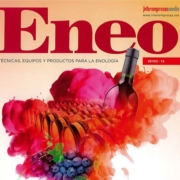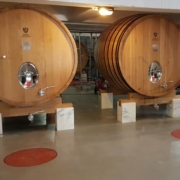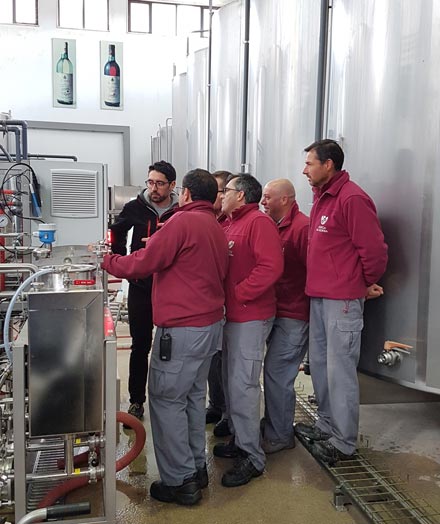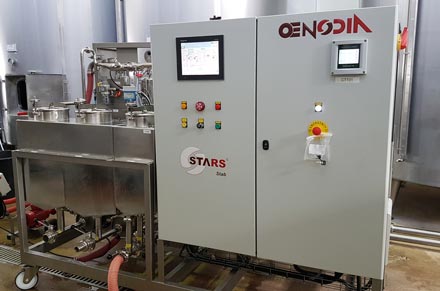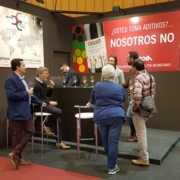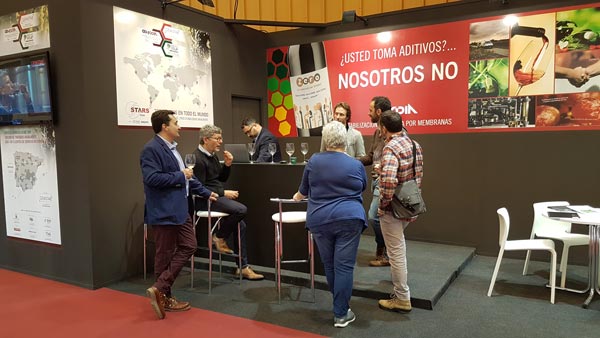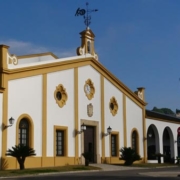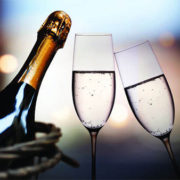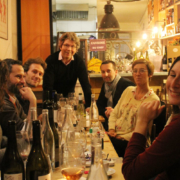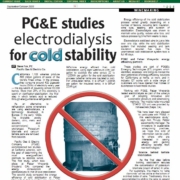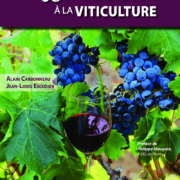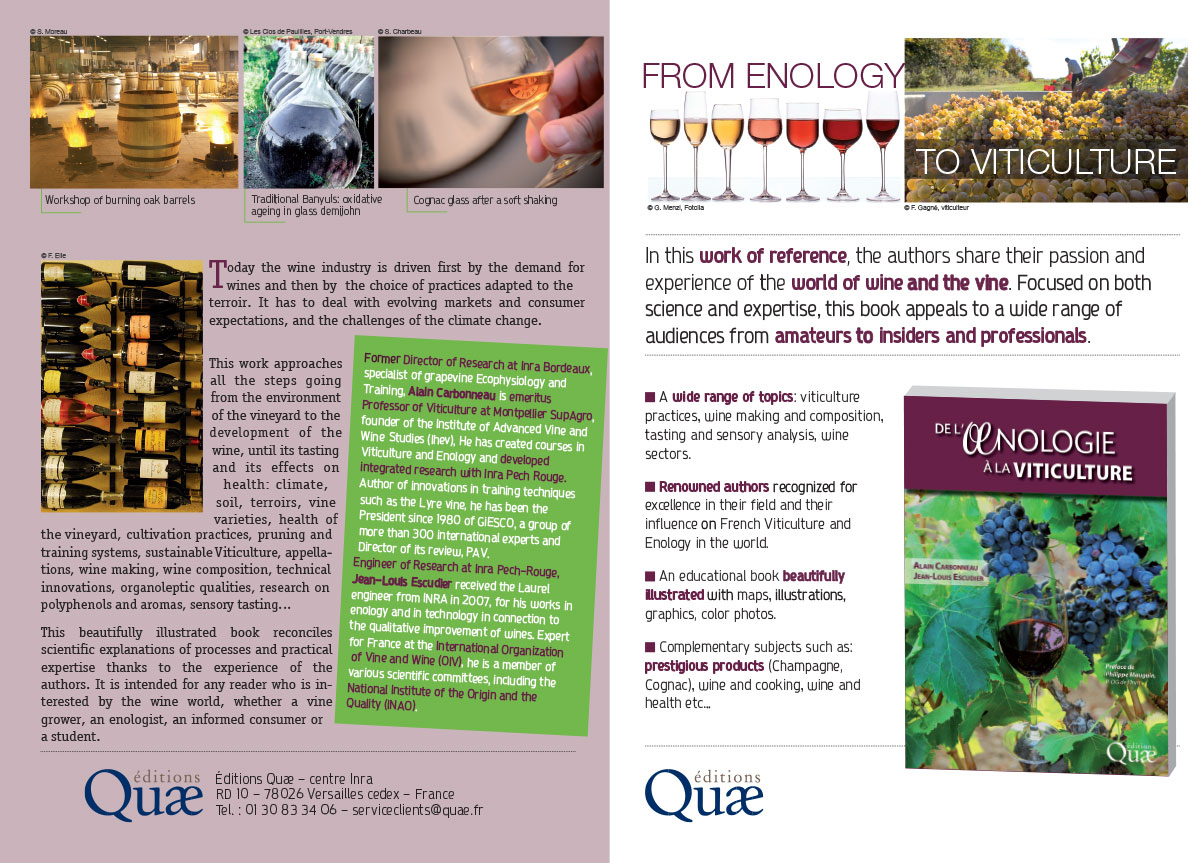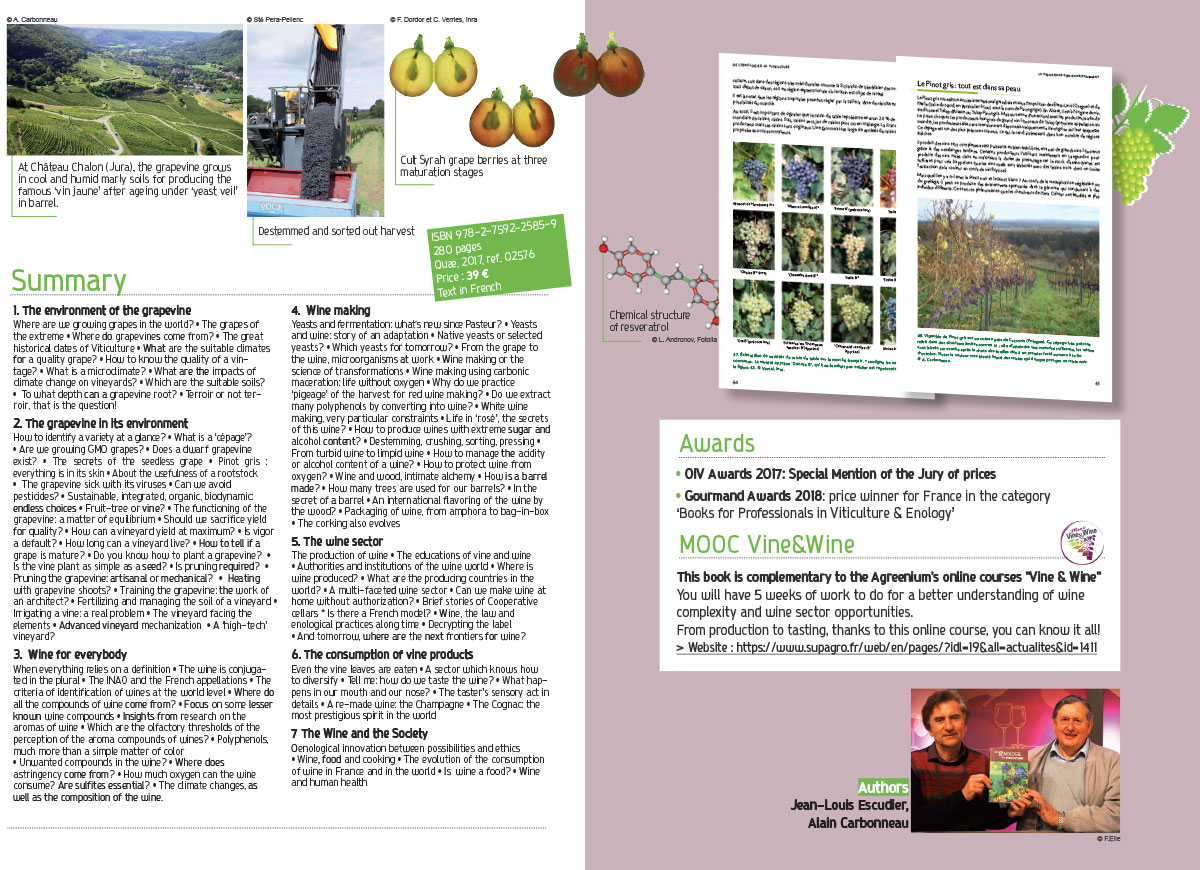TecnoEquip & Oenodia reciben sus embajadores españoles en Provence
 La convención ibérica se enfocó en las oportunidades de la tecnología STARS® para la estabilización tartárica en España.
La convención ibérica se enfocó en las oportunidades de la tecnología STARS® para la estabilización tartárica en España.
2019 fue una vendimia complicada y heterogenia en España. Un verano tórrido, incendios al oeste de Madrid, lluvias fuertes en septiembre en varias partes del país… Pero la uva se cosechó, las fermentaciones se acabaron y ahora disfrutamos del trabajo hecho y bien hecho. Y a pesar de los bajos volúmenes, la vendimia resultó igual bastante cualitativa.
Oenodia y su socio español TecnoEquip aprovecharon el final de esta temporada para invitar a los embajadores regionales de la tecnología STARS en su sede en Provence. En la agenda: visita de los talleres, charlas técnicas alrededor de la estabilización tartárica, visita de Château Coussin (una referencia en Provence) y no hace falta comentarlo, ¡catas!
Una gran mesa redonda permitió compartir los últimos éxitos en España y en Portugal, pero también en Australia y en los EE.UU. Y efectivamente, más allá de sus 25 años al servicio de las bodegas, STARS está presente en todos los continentes y sobre todos los tipos de vino para garantizar la ausencia de cristales y así asegurar los mercados de exportación. Varias bodegas españolas ya llevan años aprovechando la tecnología, en particular en Cataluña. Varias más están a punto de dar el salto, entre problemáticas asociadas de pH, de calcio, en un contexto de competición internacional siempre más exigente.
De Galicia hasta Andalucía, de Aragón y Rioja hasta la Extremadura, pasando por Castilla-León, la presencia regional es una excelente oportunidad para tener esas soluciones a alcance de la mano. Una nueva herramienta para que nuestras bodegas puedan aprovechar las tecnologías que mejoren su competitividad.
Como dice Pere Canals, cofundador y director de TecnoEquip, “el sector vinícola español tiene una realidad diversa, rica y singular. La flexibilidad de la tecnología STARS® abre en consecuencia muchas oportunidades”. ¡Seguimos confiando en que el futuro le dé la razón!

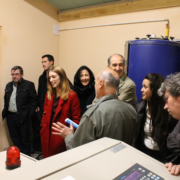
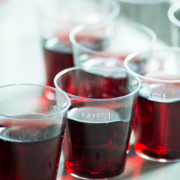
 Our Stars® technology can stabilize grape juice as well as wine. Let’s zoom in on how one of our US customers gets his juice flowing from the berry to the bottle.
Our Stars® technology can stabilize grape juice as well as wine. Let’s zoom in on how one of our US customers gets his juice flowing from the berry to the bottle.